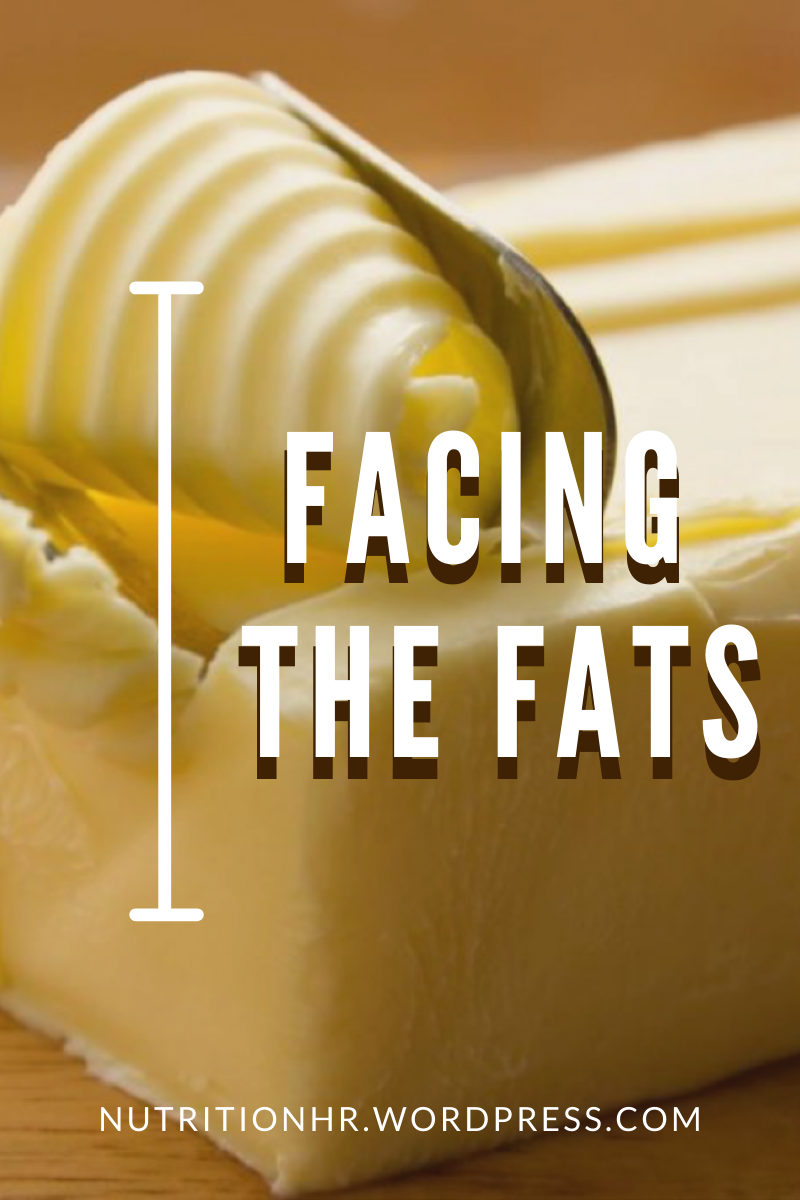
Facing the Fats: 6 Truths and 1 Myth about replacing saturated fats in the diet (Part 4)
Thank you for continuing to follow this series on fats. I hope by this point, you have a better idea of the role of fats and know the differences among saturated, unsaturated, trans fats and essential polyunsaturated fats. Now as we don’t consider just nutrients when eating food, let’s talk about some practical ways to incorporate more healthy fats into our diets. I’ve tried to put together as many useful ways as I know, but if you have your own swaps and suggestions, feel free to sound off in the comments.
1. Eating Oily Fish and & Taking Omega 3 Supplements – TRUTH
Consuming oily fish such as salmon, sardines, mackerel and pilchards are a great way to incorporate more EFAs into your diet. There are UK guidelines for the consumption of oily fish along with other fish and shellfish because there is a concern about mercury poisoning. They recommend two 140g portions of fish including 1 oily fish.

As I am not particularly a fan of eating fish (unless I have cooked it), I aim to get my omega 3 through supplements or vegetarian sources. There is some controversy on the usefulness of fish oil supplements as compared to eating fish, but if you do consider taking them, you should consult your medical doctor for the best advice.

